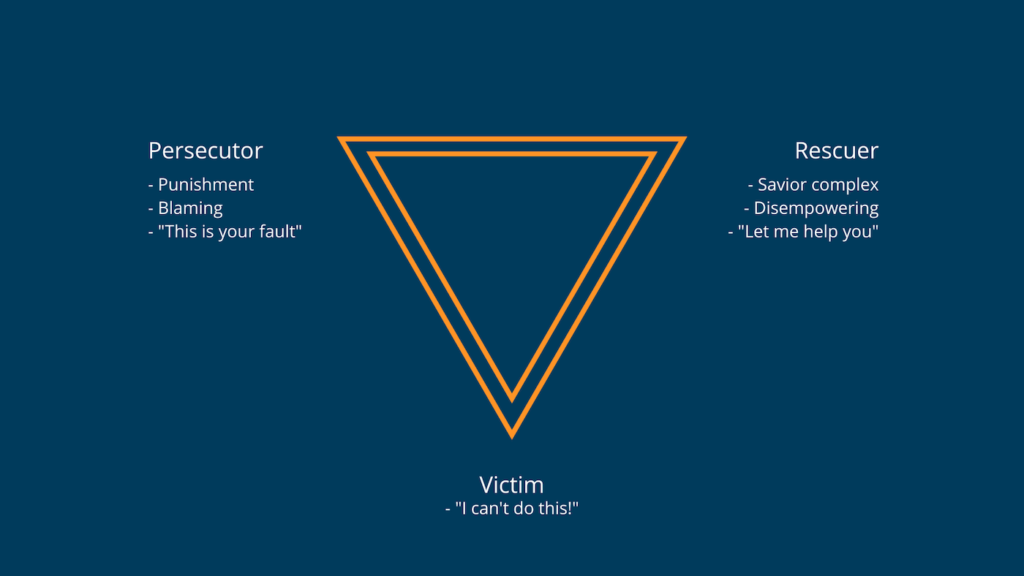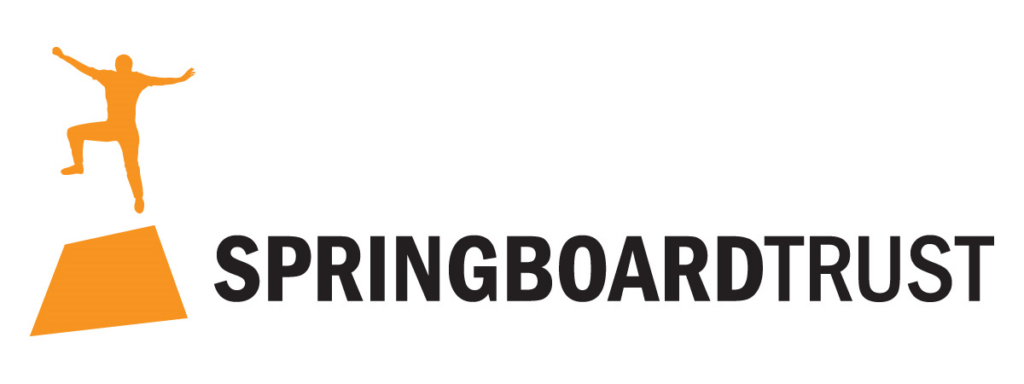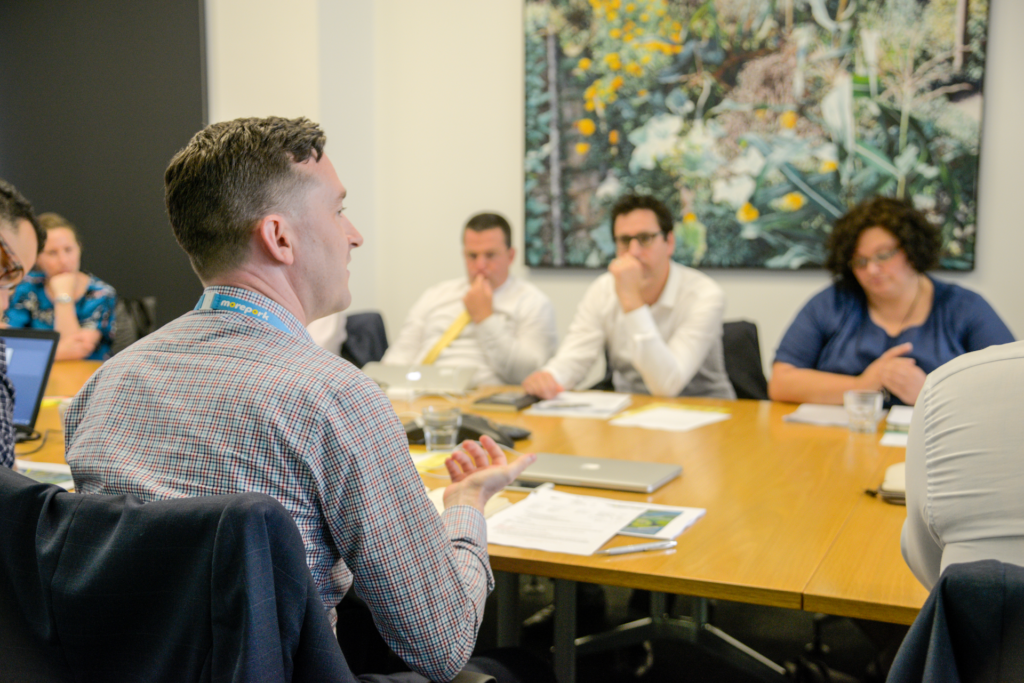Persecutor, victim, rescuer – which one are you? If you’re a principal, my guess is you already think you know.
Today we’re looking at the Karpman Drama Triangle (KDT), a simple and useful model for tracking conflicts. Family settings, workplace settings and classroom settings – the core behaviours that the KDT covers are represented everywhere.
Understanding the triangle can help you not just identify roles or behaviours in a conflict, but also find your way out of them into a healthier environment.
What is the Karpman Drama Triangle?
The Karpman Drama Triangle has three points – persecutor, victim and rescuer. Created by Stephen B. Karpman, he wanted to simplify the complex emotions and roles that come about during interpersonal conflict.
The roles are simple:
- The persecutor lays blame. They tend to be authoritative, set in their ways and prone to anger. They often target victims, or create new ones around them. Key phrase: “This is your fault.”
- The victim receives blame. They struggle to make decisions, often need the help of others and feel powerless – particularly when dealing with a persecutor or rescuer. Key phrase: “I can’t do anything right!”
- The rescuer loves to save the day. They will fix problems for the victim, often feeling guilt if they’re not helping. However, they typically do this at the expense of the victim’s autonomy. Key phrase: “Please let me help you.”

However, the way in which we inhabit these roles is far more complex. Nobody spends all their time in a conflict in one of these roles, they will move between two or three in quick succession.
For example – someone might adopt the role of persecutor, telling off a colleague (victim) for missing a deadline. If a rescuer comes to the victim’s aid and tells the persecutor to back off, that persecutor could just as quickly go on the defensive, saying they feel attacked – becoming a victim themselves.
Each role has its own clear faults. Even the rescuer, which on the surface may appear to be altruistic, thrives on the feeling of superiority to a victim in the same way the persecutor does.
All of which is to say that none of the roles in the Karpman Drama Triangle are places we want to be. So if you find yourself in it, what can you do about it?
How to break the Karpman Drama Triangle
If you’re a principal in New Zealand and reading this, odds are you are feeling that rescuer mindset quite strongly. And that’s good! After all, everyone working in our schools should want to help others at all times.
But, as the triangle shows, it can turn into an unhealthy habit. If you’ve found yourself in a conflict and stuck in one of these roles (or all three!), there’s a simple solution – move to the middle.
When you stay in the drama triangle, you don’t get a resolution – only a perpetuation of existing power structures and behaviours.
Moving to the middle means refuting every point of the triangle, and finding a middle ground that doesn’t allow individuals in conflict to manipulate from their position of power (or disempowerment).
Simply, it means treating everyone as equals.
Finding common ground
In a school, there are clearly defined roles and power structures. Principals and their leadership team have seniority over the teachers, who in turn have seniority over the students.
When conflict occurs, it’s easy to fall back on these power structures – for principals and educational leaders, that means becoming a rescuer or a persecutor, while the junior members of your team become victims.
It’s up to those with the power in the conversation or conflict to bring everyone to the same level. Don’t allow rescuers or persecutors (including yourself) to treat people as inferior, even under the guise of helping them.
Similarly, don’t let victims position themselves as inferior to people they’re in conflict with. It’s only by bringing everyone to the same level, and removing the need to give to (or take from) people around us, that we can start treating people fairly and resolving a conflict.
Of course, it’s easier said than done. In many cases, you’re dealing with individuals that have learned behaviours that can take years to work through.
But by identifying roles in a conflict through models like the triangle, you’re taking a step back from the moment. You’re finding a solution to workplace behaviours that, left unidentified, can continue to fester for years to come.









